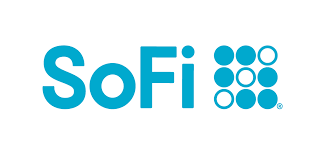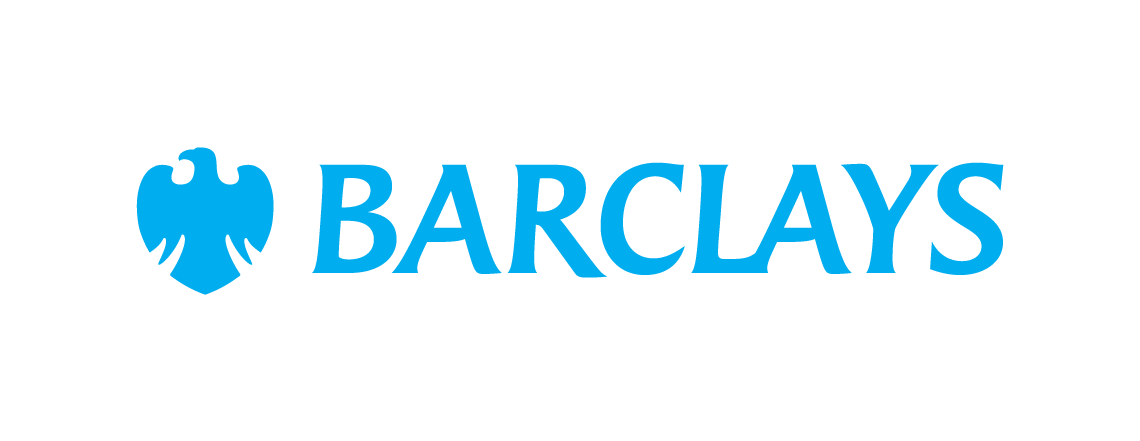Here's What Happens if Your Checking Account Balance Gets Down to $0
KEY POINTS
- In some cases, a $0 checking account balance will result in fees.
- If you use your checking account for a purchase when your balance is $0, you may be hit with overdraft fees.
Clearly, it's not an ideal scenario.
Whether you're signed up for direct deposit at work or you prefer to manually deposit your paychecks, ideally, your checking account will have a steady stream of money flowing into it. But you might also have a steady stream of money flowing out of it.
After all, your checking account is no doubt the account you use to pay your bills, whether it's your latest credit card statement balance or your mortgage. And if you lose track of your spending or have a month with too many surprise bills, it's easy to see how your account balance might get whittled all the way down to $0.
Clearly, having $0 in your checking account is problematic. But there may be additional consequences beyond the simple fact of not having money to pay bills with.
You might end up facing costly fees
Not every bank charges a fee once your balance dips below a certain threshold. But many do.
Wells Fargo, for example, charges a $10 monthly service fee that can be avoided if you maintain a $500 minimum daily balance. But if your balance dips down to $0, you risk being charged that fee.
Worse yet, you may not realize your checking account balance has gotten down to $0, and you might swipe your debit card to pay for a purchase. At that point, your bank might allow the transaction to go through. But you might then get hit with an overdraft fee that could be costly. (The good news is that some banks are doing away with overdraft fees, but that's not universal.)
How to avoid a $0 checking account balance
One of the easiest ways to avoid a scenario where your checking account balance gets down to $0 is to simply track your transactions and look at your balance every week, or even every few days. If you hit the ATM, look at your balance before walking away with your cash to see how much money is left in your account. And if you're writing out a check, review your balance first to make sure you can cover it.
Another good way to avoid a $0 checking account balance? Stick to a budget. Map out your monthly expenses and make sure you're sticking to the amount of money you have allocated to each spending category. If, for example, you have $200 a month allocated to leisure spending, and it's the 15th and you've already spent $180 in that category, you'll need to be very careful during the second half of the month.
Meanwhile, if you find that you keep teetering dangerously close to the $0 mark month after month, consider it a wake-up call to make adjustments to your spending. That could mean canceling some services you pay for or getting a roommate so your rent costs aren't nearly as high.
A $0 checking account balance is clearly not ideal. But if you're vigilant, you might manage to avoid landing in that situation -- and risking the fees that could come with it.
These savings accounts are FDIC insured and could earn you 11x your bank
Many people are missing out on guaranteed returns as their money languishes in a big bank savings account earning next to no interest. Our picks of the best online savings accounts could earn you 11x the national average savings account rate. Click here to uncover the best-in-class accounts that landed a spot on our short list of the best savings accounts for 2024.
Our Research Expert
We're firm believers in the Golden Rule, which is why editorial opinions are ours alone and have not been previously reviewed, approved, or endorsed by included advertisers. The Ascent, a Motley Fool service, does not cover all offers on the market. The Ascent has a dedicated team of editors and analysts focused on personal finance, and they follow the same set of publishing standards and editorial integrity while maintaining professional separation from the analysts and editors on other Motley Fool brands.
Related Articles
View All Articles
